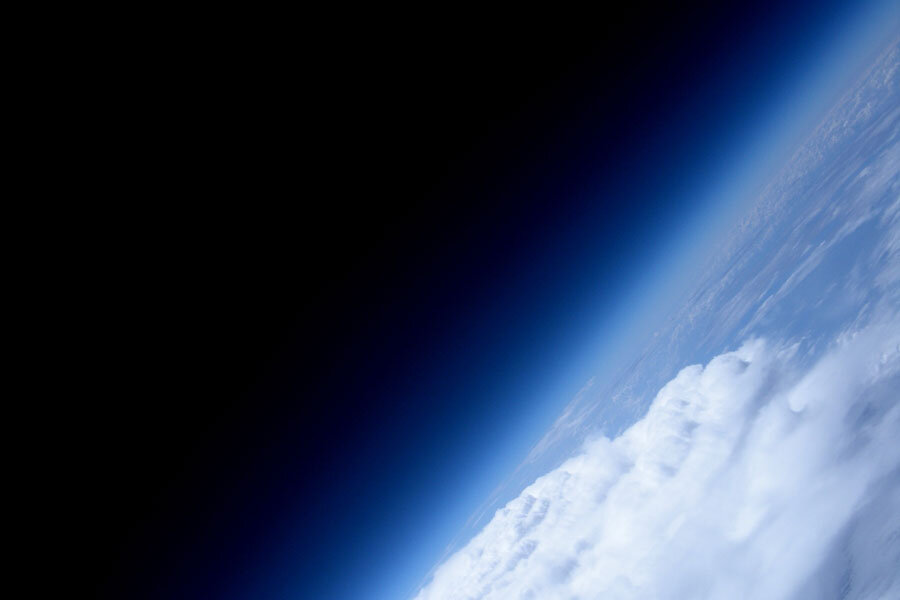Would you take a balloon to the edge of space?
Loading...
The idea of extending the tourist industry into space is not new, but it has picked up steam in the last few years. It is no longer seen as an impossibility that, someday, a human could go to space without needing a science degree or tens of millions of dollars.
There remains, however, the matter of hurtling oneself out of the stratosphere in a rocket at thousands of miles per hour, which is not for everyone.
For those seeking a gentler ascent, an Arizona-based company called World View is developing an alternative form of travel, namely, lofting passengers more than 100,000 feet up in a huge balloon.
World View's passengers would not actually be going into space: The internationally recognized Kármán Line lies at 62 miles above sea level, or about 328,000 feet. But this is at least high up enough to view the curve of the Earth and the black expanse above.
Now floating aimlessly in Earth's upper atmosphere may seem lackluster compared to Virgin Galactic's flashy SpaceShipTwo, which is designed to go just over the Kármán Line, but the price is attractive: A flight aboard SpaceShipTwo will set you back $250,000, a ticket on a World View balloon is just $75,000, a price that is still admittedly not cheap.
On Feb. 20, World View successfully completed a test flight, sending its balloon 102,200 feet into the atmosphere. The balloon itself was attached to a parafoil, an aerodynamic parachute designed for high-altitude travel, and no such device has traveled as high into the atmosphere before.
During the upward flight the balloon would do the work, before detaching and allowing the parafoil to guide the crew capsule back to earth.
"The successful flight of the parafoil at this altitude brings us closer to flying private citizens safely to the edge of space and also allows us to continue our research and education program by providing safe access to the near-space environment,” Taber MacCallum, World View’s Chief Technology Officer, said in a press release.
While World View has not yet tested the balloon with passengers, Popular Science reported that this last test included a computer system and high-definition video link from Montana State University and a technology that measures ozone gas the University of North Florida. The data gathered will help inform future development of the balloon.
The company hopes to begin allowing tourists onto commercial flights beginning in 2016.
“Part of our goal with World View is to provide a perspective-changing view of our world,” World View CEO Jane Poynter said in a press release. “Our Voyagers will witness our Earth suspended in the inky blackness of space, then see it illuminated by a spectacular sunrise. So many astronauts have gone to space to see infinity, but when they turn around and see Earth they fall in love with it. It shifts the way they think about things and we want to give that experience to as many people as possible.”








